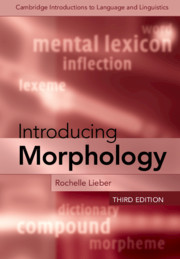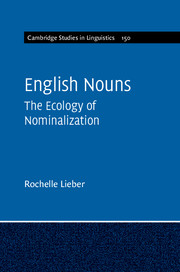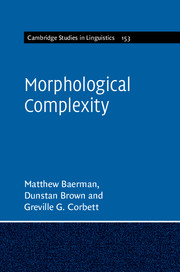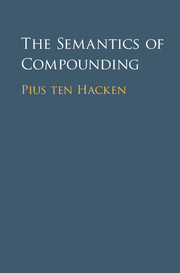Introducing Morphology
A lively introduction to morphology, this textbook is intended for undergraduates with relatively little background in linguistics. It shows students how to find and analyze morphological data and presents them with basic concepts and terminology concerning the mental lexicon, inflection, derivation, morphological typology, productivity, and the interfaces between morphology and syntax on the one hand and phonology on the other. By the end of the text students are ready to understand morphological theory and how to support or refute theoretical proposals. Providing data from a wide variety of languages, the text includes hands-on activities designed to encourage students to gather and analyse their own data. The third edition has been thoroughly updated with new examples and exercises. Chapter 2 now includes an updated detailed introduction to using linguistic corpora, and there is a new final chapter covering several current theoretical frameworks.
- Gives students hands-on practice in morphological analysis
- Allows students to assimilate and use terminology and concepts through an abundant range of exercises
- Gives instructors a wide variety of options for exemplifying concepts and terms by evenly balancing a consideration of English morphology with that of other languages
Product details
August 2021Paperback
9781108958486
292 pages
244 × 171 × 14 mm
0.58kg
Available
Table of Contents
- Preface
- The International Phonetic Alphabet
- Point and manner of articulation of English consonants and vowels
- 1. What is morphology?
- 2. Words, dictionaries, and the mental lexicon
- 3. Lexeme formation: the familiar
- 4. Productivity and creativity
- 5. Lexeme formation: further afield
- 6. Inflection
- 7. Typology
- 8. Words and sentences: the interface between morphology and syntax
- 9. Sounds and shapes: the interface between morphology and phonology
- 10. Theoretical challenges
- 11. Theories of morphology
- Glossary
- References
- Index.






